Home>Gardening & Outdoor>Landscaping Ideas>What Are The Environmental Benefits Of Grass-Fed Beef
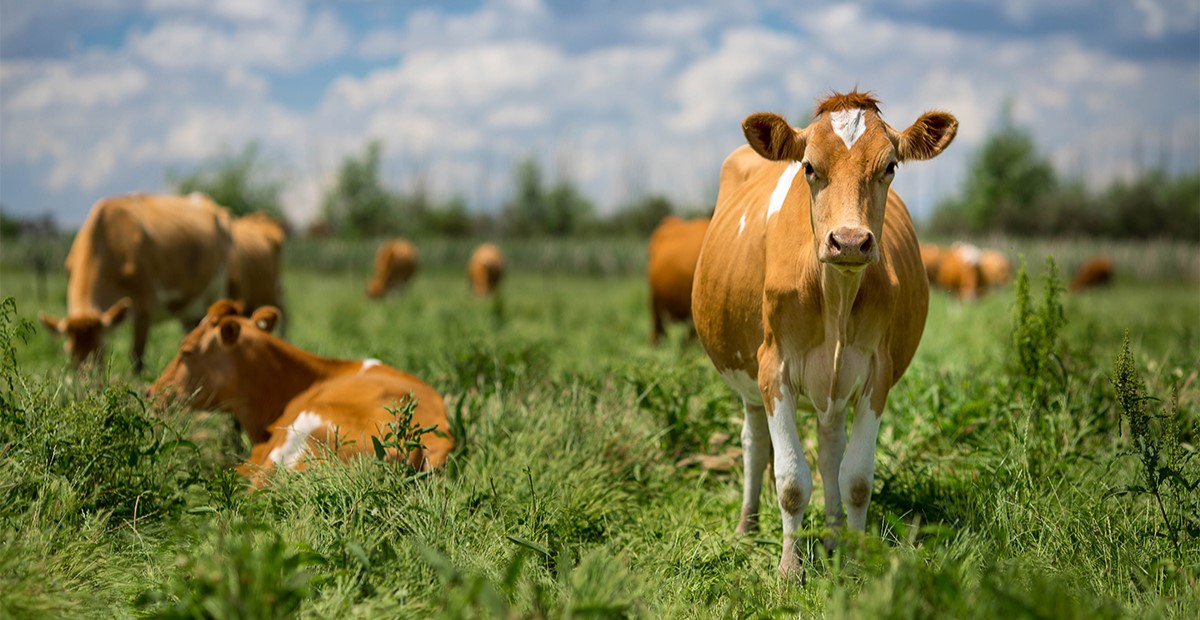

Landscaping Ideas
What Are The Environmental Benefits Of Grass-Fed Beef
Modified: September 2, 2024
Learn about the environmental benefits of grass-fed beef and how it can contribute to sustainable landscaping ideas. Explore the positive impact on land conservation and biodiversity.
(Many of the links in this article redirect to a specific reviewed product. Your purchase of these products through affiliate links helps to generate commission for Storables.com, at no extra cost. Learn more)
Introduction
Grass-fed beef has gained significant attention in recent years, not only for its potential health benefits but also for its positive impact on the environment. Unlike conventionally raised cattle, which are often fed a diet of grains and soy, grass-fed cattle graze on pasture, resulting in a host of environmental advantages. In this article, we will explore the environmental benefits of grass-fed beef, shedding light on how this sustainable practice contributes to a healthier planet.
Key Takeaways:
- Grass-fed beef reduces greenhouse gas emissions by allowing cattle to graze naturally, lowering methane production and promoting carbon sequestration through rotational grazing.
- Choosing grass-fed beef supports healthier soils, biodiversity, and cleaner water, contributing to a more sustainable and resilient planet for future generations.
Read more: What Is Grass-Fed Beef
Reduced Greenhouse Gas Emissions
One of the most compelling environmental benefits of grass-fed beef is its potential to reduce greenhouse gas emissions. Unlike industrial feedlots, where cattle are confined and fed a diet that includes significant amounts of grain, grass-fed cattle roam freely on pasture. This grazing method allows for a more natural digestive process, reducing the production of methane, a potent greenhouse gas emitted by cattle. Research indicates that grass-fed beef production results in significantly lower methane emissions compared to grain-fed beef, making it a more environmentally friendly option.
Furthermore, the practice of rotational grazing, commonly employed in grass-fed beef operations, can further mitigate greenhouse gas emissions. Rotational grazing involves moving cattle to different sections of pasture, allowing the land to recover and sequester carbon. This rotational approach not only benefits the health of the pasture but also plays a role in offsetting carbon emissions, contributing to overall climate resilience.
By choosing grass-fed beef, consumers can actively support a more sustainable method of beef production that helps combat climate change by reducing the carbon footprint associated with cattle farming.
Improved Soil Health
Grass-fed beef production is closely linked to improved soil health, offering a range of environmental advantages. Unlike conventional feedlots, where cattle are confined to small, densely populated areas, grass-fed operations prioritize rotational grazing, allowing the land to regenerate and thrive. As cattle graze on the pasture, their natural behaviors, such as trampling and grazing, contribute to soil aeration and nutrient cycling. This process enhances soil structure and fertility, fostering a healthier and more resilient ecosystem.
Additionally, the presence of grazing cattle stimulates the growth of diverse plant species, promoting biodiversity and soil stability. The intricate relationship between cattle, grasslands, and soil health underscores the regenerative potential of grass-fed beef production. By harnessing the natural behaviors of cattle and leveraging the power of rotational grazing, grass-fed operations play a pivotal role in nurturing and preserving the vitality of the land.
Moreover, the avoidance of concentrated feedlots in grass-fed beef production helps prevent soil degradation and erosion, safeguarding the long-term productivity of the land. As a result, choosing grass-fed beef not only supports sustainable agricultural practices but also contributes to the restoration and maintenance of healthy soils, which are essential for global food security and environmental resilience.
When choosing beef, opt for grass-fed options to support environmentally friendly practices. Grass-fed beef production can help reduce greenhouse gas emissions and promote healthier ecosystems.
Biodiversity Preservation
Grass-fed beef production stands as a champion of biodiversity preservation, offering a sustainable alternative to conventional beef farming methods. By allowing cattle to graze on diverse pastures, grass-fed operations support the proliferation of native plant species and the preservation of natural habitats. This approach fosters a rich tapestry of flora and fauna, contributing to the overall biodiversity of the ecosystem.
Furthermore, the rotational grazing practices employed in grass-fed beef production play a pivotal role in enhancing biodiversity. By moving cattle to different sections of pasture, the land is given the opportunity to rejuvenate, promoting the growth of varied plant species and creating habitats for a wide array of wildlife. This harmonious coexistence between grazing cattle, diverse vegetation, and thriving wildlife underscores the ecological benefits of grass-fed beef production.
Moreover, the preservation of biodiversity in grass-fed operations extends beyond the pasture. By prioritizing sustainable land management practices, such as avoiding the use of synthetic pesticides and fertilizers, grass-fed beef producers help safeguard the delicate balance of local ecosystems. This commitment to environmental stewardship not only benefits the immediate surroundings but also contributes to the broader conservation of biodiversity on a regional and global scale.
Choosing grass-fed beef is a conscious decision to support agricultural practices that prioritize the preservation of biodiversity, promoting a harmonious and resilient natural environment for current and future generations.
Reduced Water Pollution
Grass-fed beef production offers a compelling solution to mitigate water pollution, presenting a sustainable alternative to conventional beef farming methods. Unlike industrial feedlots, where cattle are confined in concentrated areas, grass-fed operations prioritize rotational grazing, allowing for more natural and sustainable land management. This approach plays a crucial role in reducing the risk of water pollution by minimizing the concentration of animal waste in specific areas.
By distributing cattle across expansive pastures, grass-fed beef producers help prevent the accumulation of manure and runoff in waterways, thus reducing the potential for water contamination. Additionally, the natural grazing behaviors of cattle in open pasture settings contribute to soil infiltration and nutrient cycling, further mitigating the risk of water pollution by promoting healthy, nutrient-rich soils that can effectively filter and purify water as it percolates through the ground.
Furthermore, the avoidance of synthetic pesticides and fertilizers in grass-fed operations helps protect water quality by preventing the introduction of harmful chemicals into the environment. This commitment to sustainable land management not only safeguards the health of local water sources but also supports the broader conservation of aquatic ecosystems and the preservation of water quality for communities and wildlife.
By choosing grass-fed beef, consumers actively support environmentally responsible farming practices that prioritize the reduction of water pollution, contributing to the overall health and sustainability of water resources for present and future generations.
Read more: What Is Considered Grass-Fed Beef
Conclusion
Grass-fed beef production represents a sustainable and environmentally conscious approach to beef farming, offering a host of benefits that extend far beyond the dinner table. By prioritizing rotational grazing, regenerative land management, and the preservation of natural habitats, grass-fed operations play a pivotal role in reducing greenhouse gas emissions, improving soil health, preserving biodiversity, and mitigating water pollution.
Choosing grass-fed beef is not only a decision to support sustainable agricultural practices but also an opportunity to contribute to a healthier planet. By embracing environmentally responsible food choices, consumers can actively participate in the preservation of natural ecosystems, the reduction of greenhouse gas emissions, and the promotion of sustainable land management practices. Grass-fed beef stands as a shining example of how agricultural innovation and ecological stewardship can intersect to create positive environmental change.
As awareness of the environmental impact of food production continues to grow, grass-fed beef emerges as a beacon of hope, offering a tangible way for individuals to make a positive difference. By supporting grass-fed beef producers and incorporating these sustainable products into our diets, we can collectively work towards a more sustainable and resilient future for both the planet and its inhabitants.
In essence, the environmental benefits of grass-fed beef underscore the profound impact that conscientious consumer choices can have on the health of our planet. By celebrating and championing sustainable agricultural practices, we pave the way for a more harmonious coexistence between food production and environmental preservation, creating a legacy of stewardship and sustainability for generations to come.
Frequently Asked Questions about What Are The Environmental Benefits Of Grass-Fed Beef
Was this page helpful?
At Storables.com, we guarantee accurate and reliable information. Our content, validated by Expert Board Contributors, is crafted following stringent Editorial Policies. We're committed to providing you with well-researched, expert-backed insights for all your informational needs.

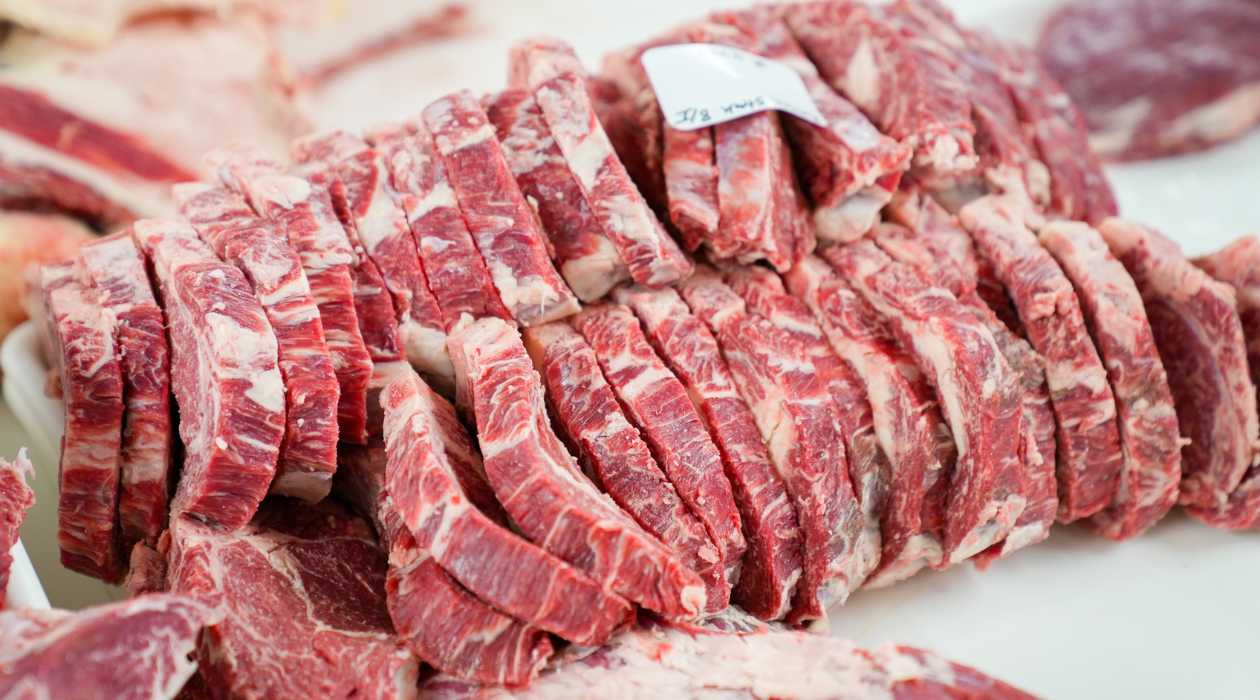
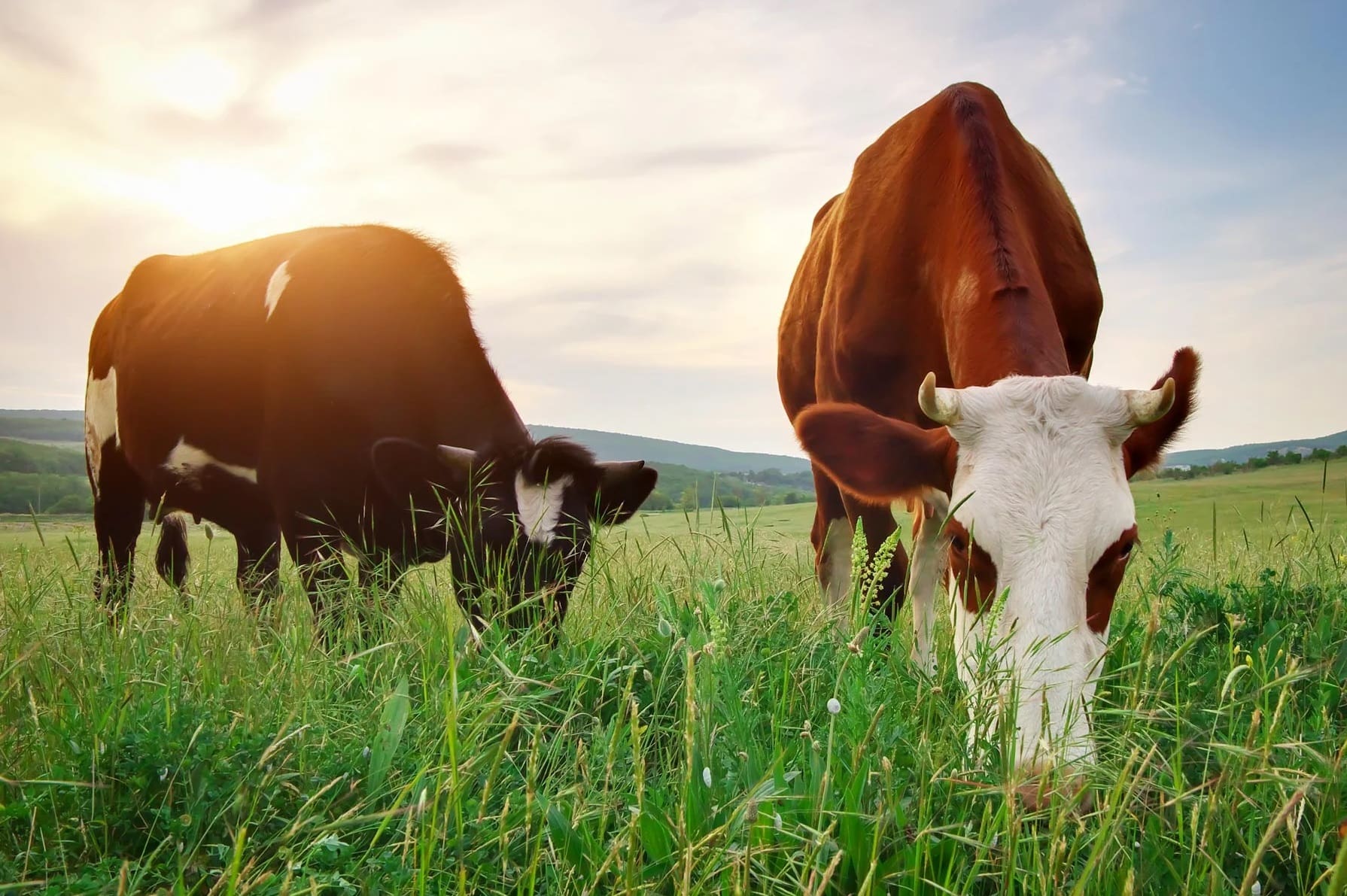
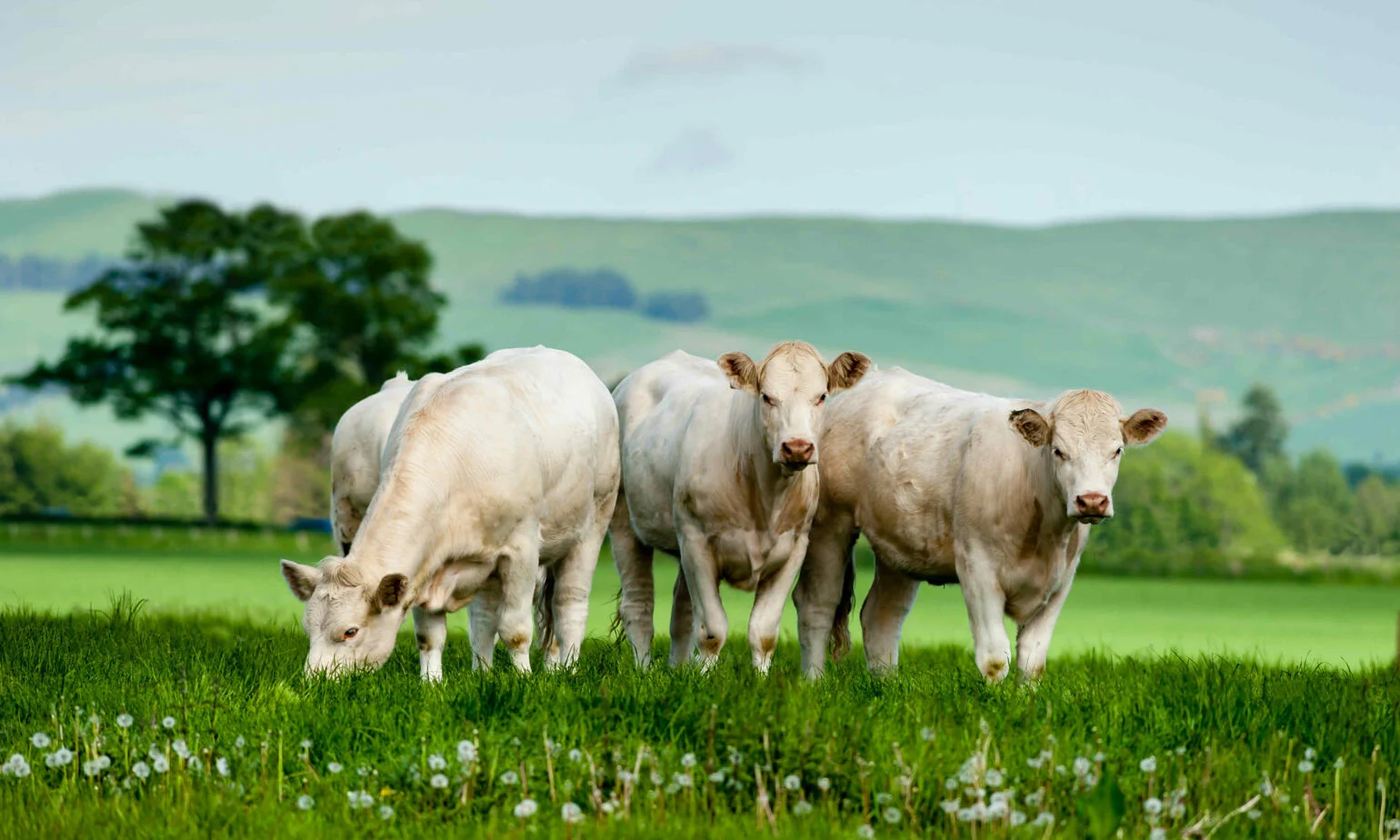
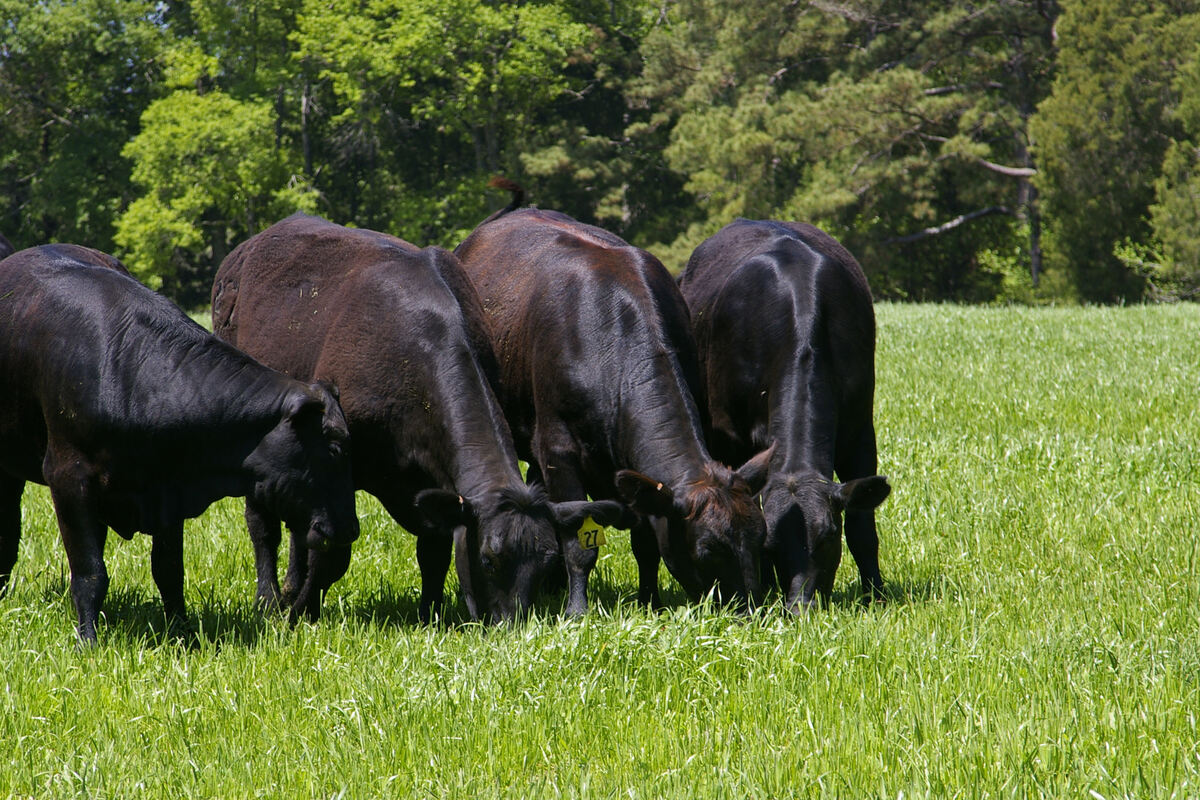
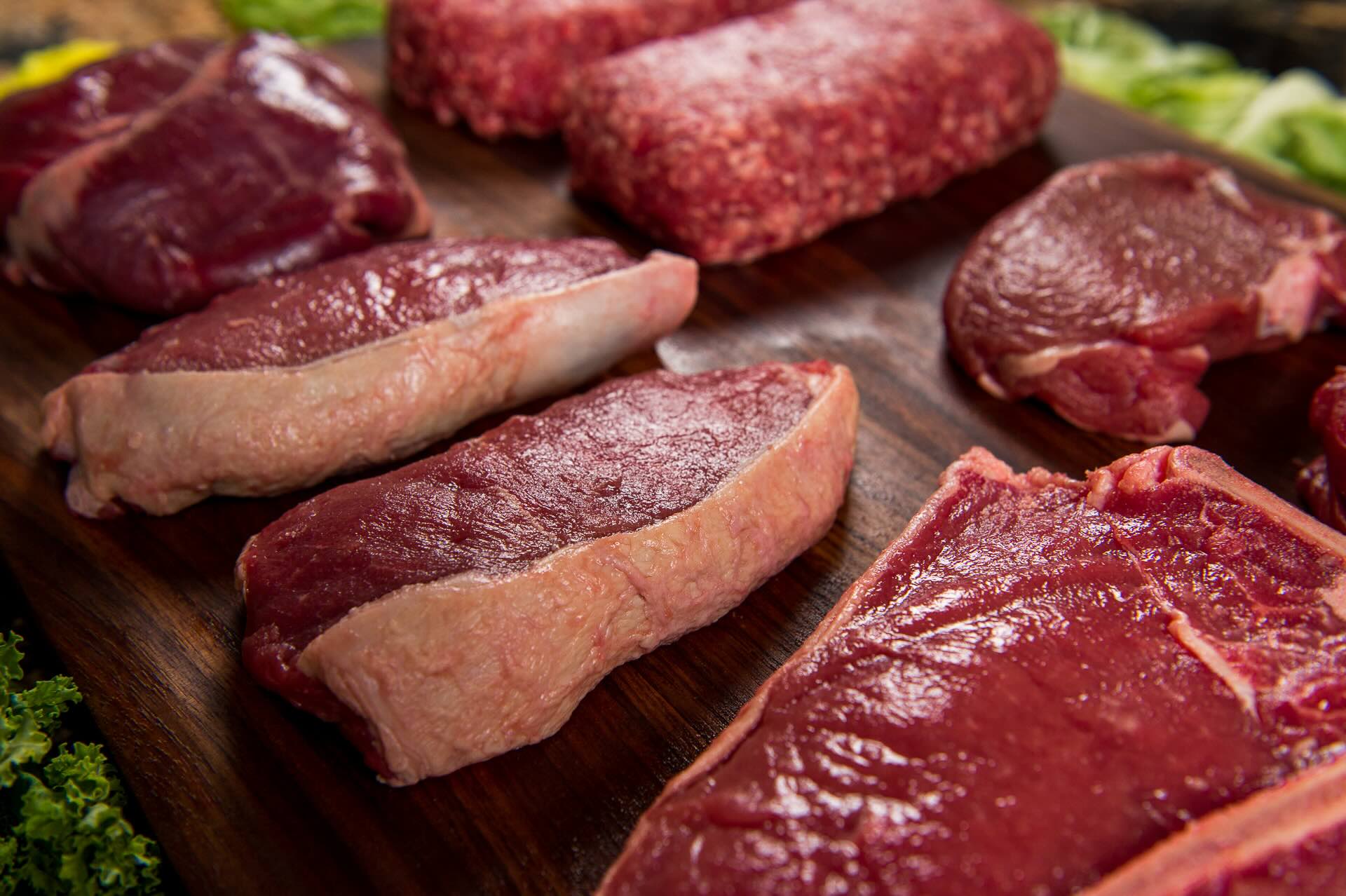
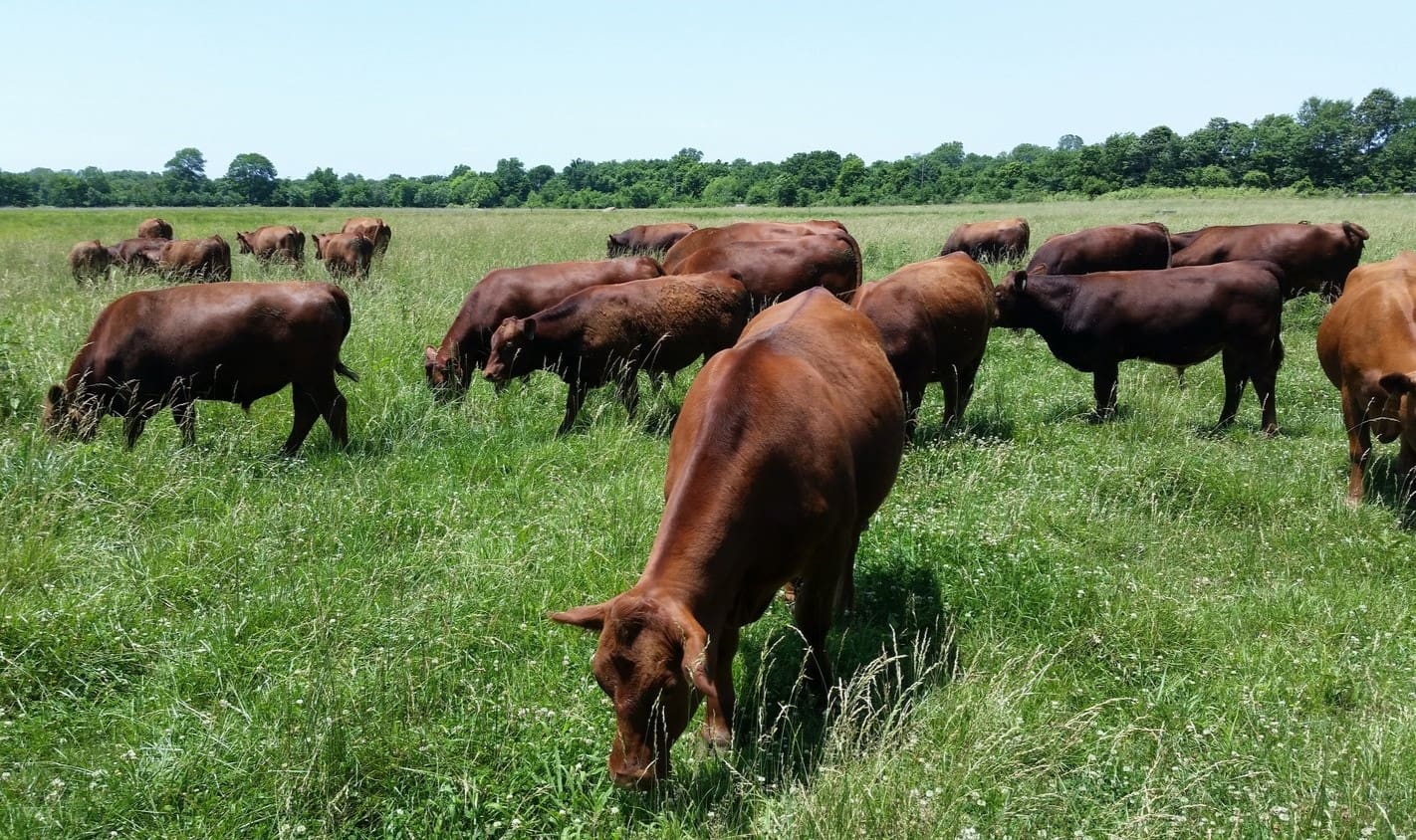
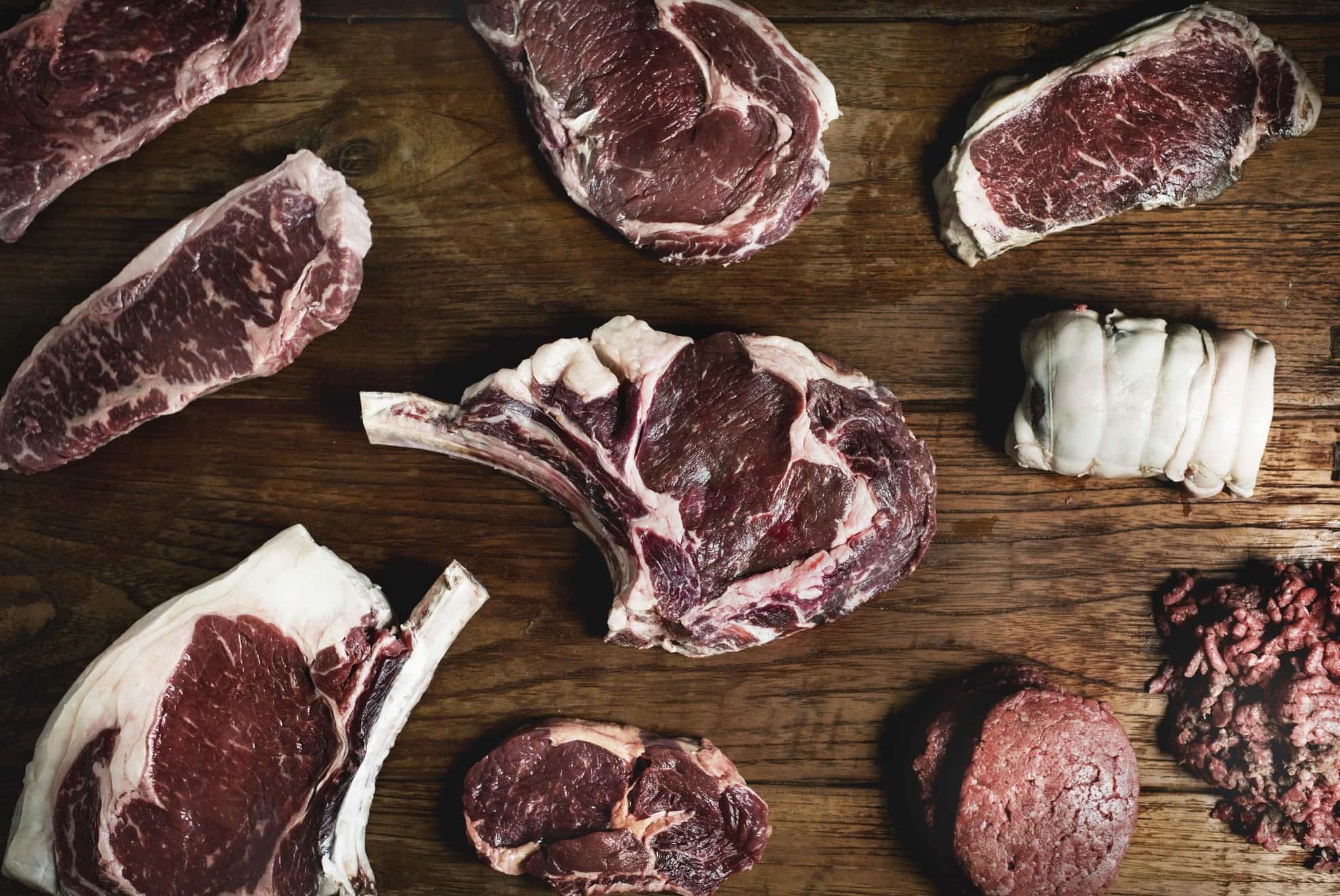
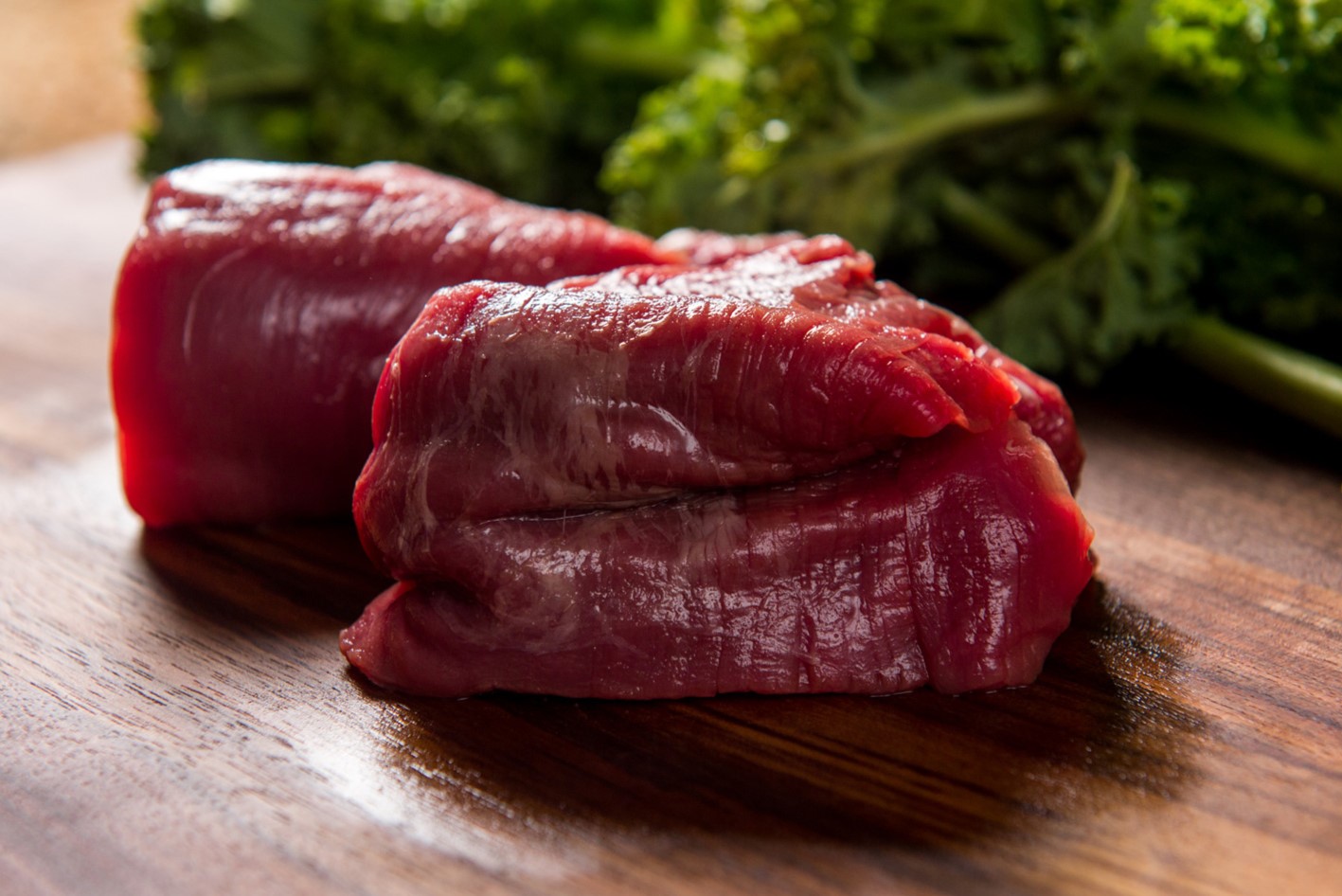
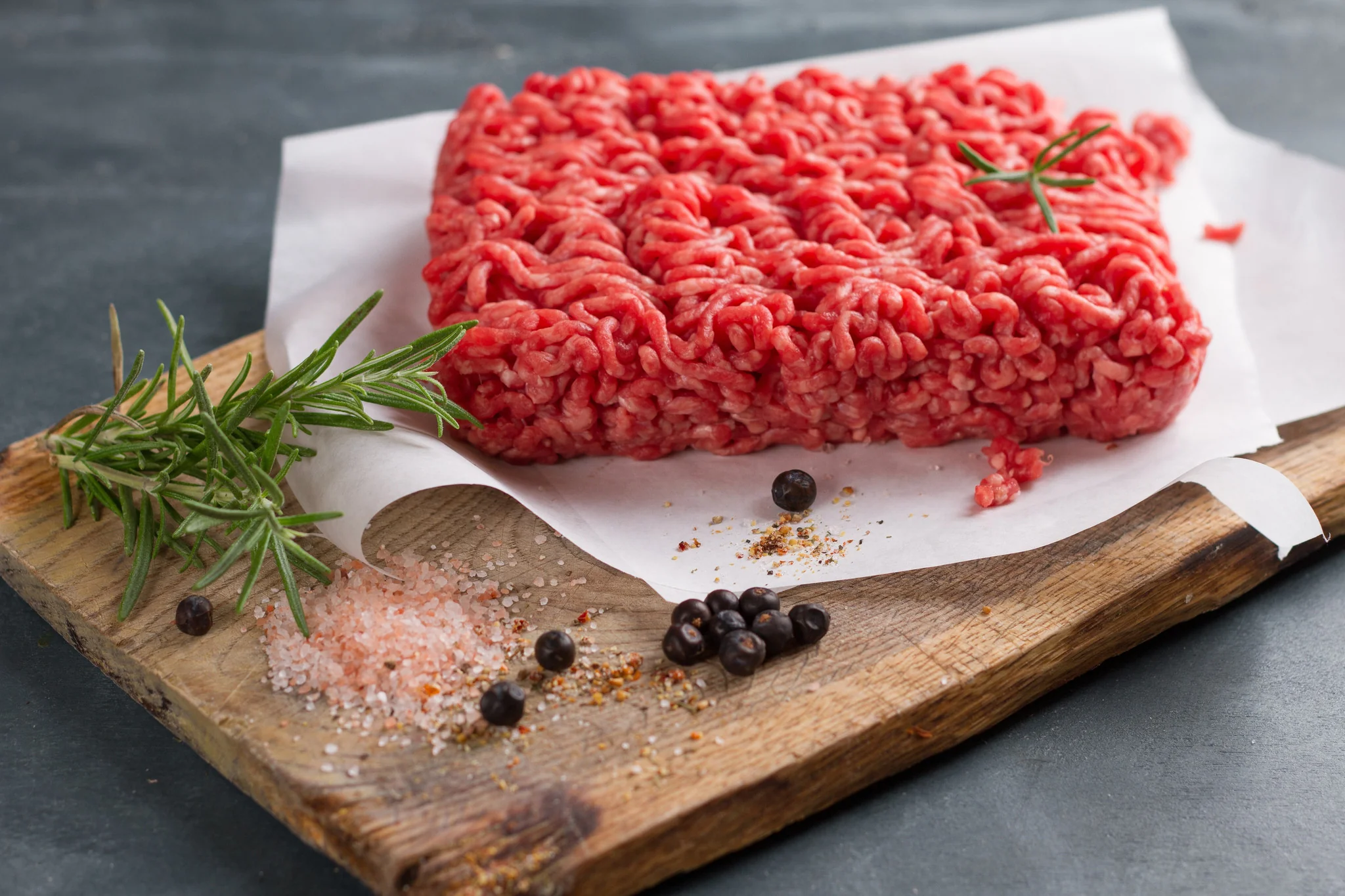


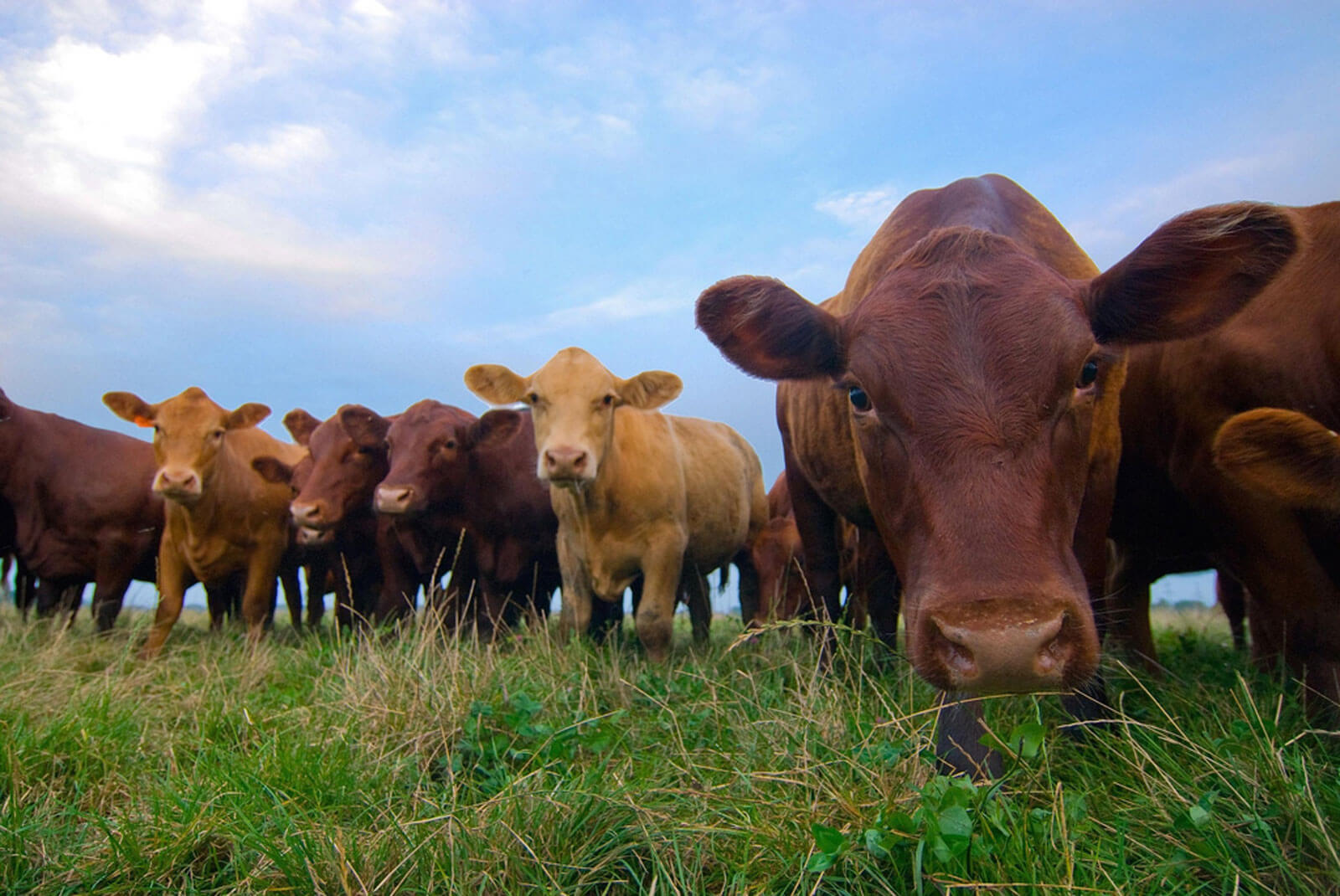
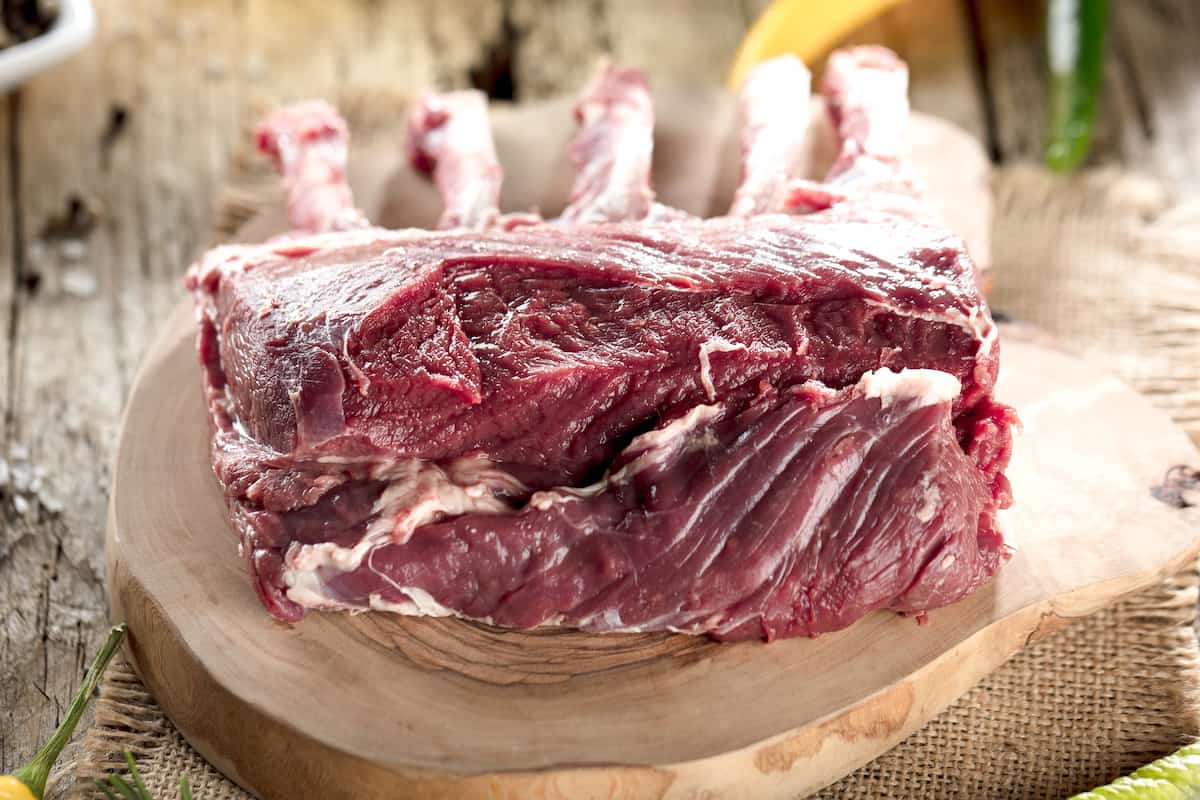

0 thoughts on “What Are The Environmental Benefits Of Grass-Fed Beef”